The Horse Protection Act (HPA), enacted in 1970 to prevent the cruel practice of “soring”—intentionally causing pain to horses’ feet or legs to exaggerate their gait—applies broadly to all horses, not just gaited breeds. The USDA’s APHIS enforces the Act, which prohibits sored horses from being shown, transported, or sold. Recent scrutiny, especially following a 2025 USDA Inspector General report, revealed enforcement issues including conflicts of interest among inspectors, lack of due process for disqualified participants, inconsistent inspection procedures, and delayed communication with show organizers. These problems have led to legal challenges emphasizing the need for fair, scientifically based enforcement and clearer standards.
The HPA’s implications extend beyond gaited horses, potentially affecting all equestrian disciplines due to its broad and vague definitions of soring. This has raised concerns about overreach and the risk of penalizing routine riding practices. The article stresses the importance of informed self-regulation within the horse industry, advocating for clear, objective rules, scientific inspection methods, and transparent appeals processes. Horse professionals are encouraged to stay engaged with regulatory developments to protect horse welfare while ensuring fair competition and safeguarding their legal and professional interests.







